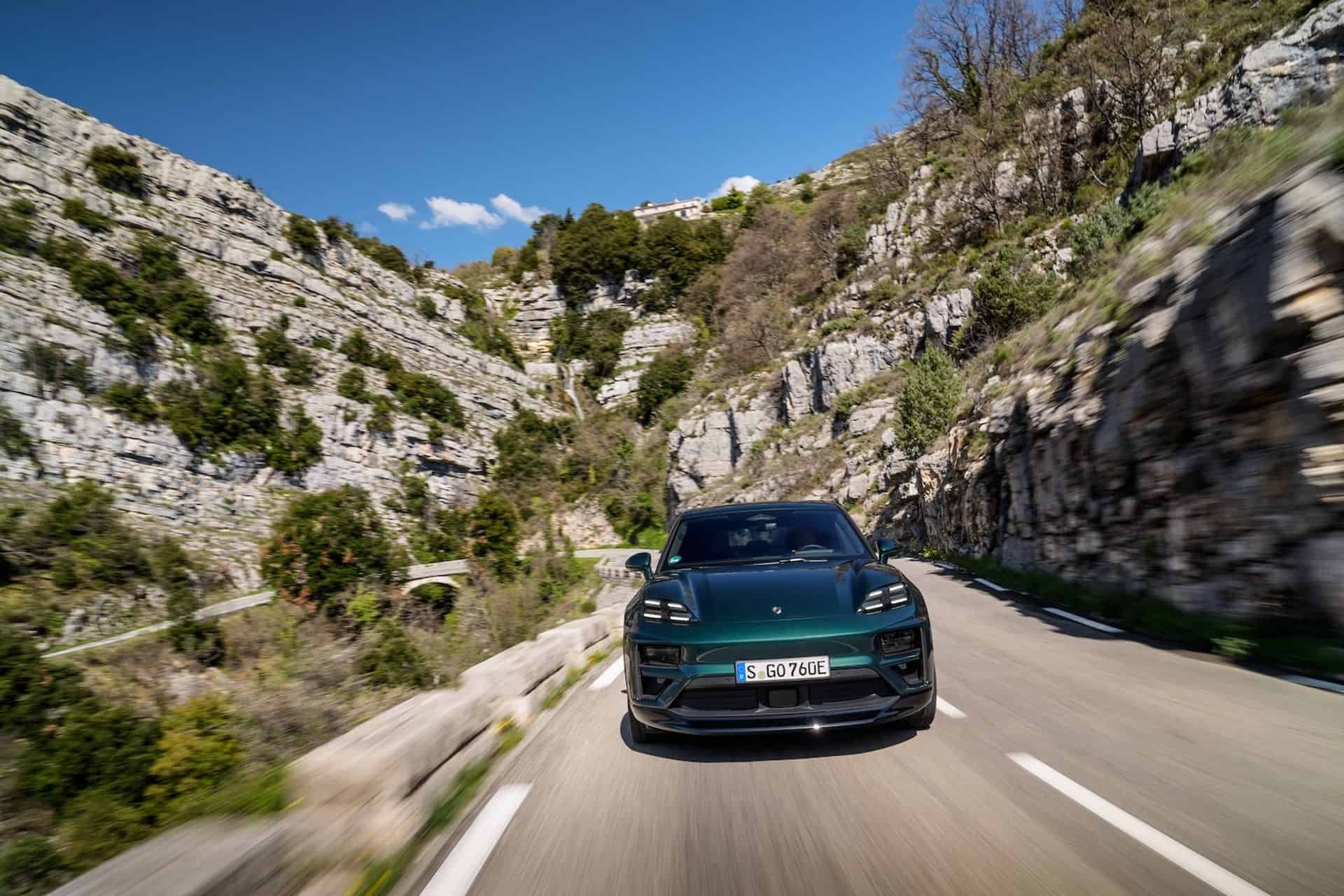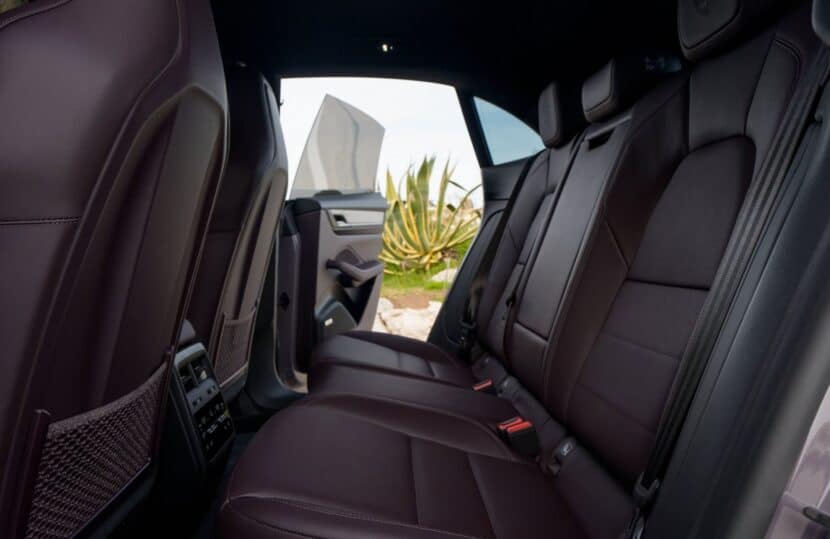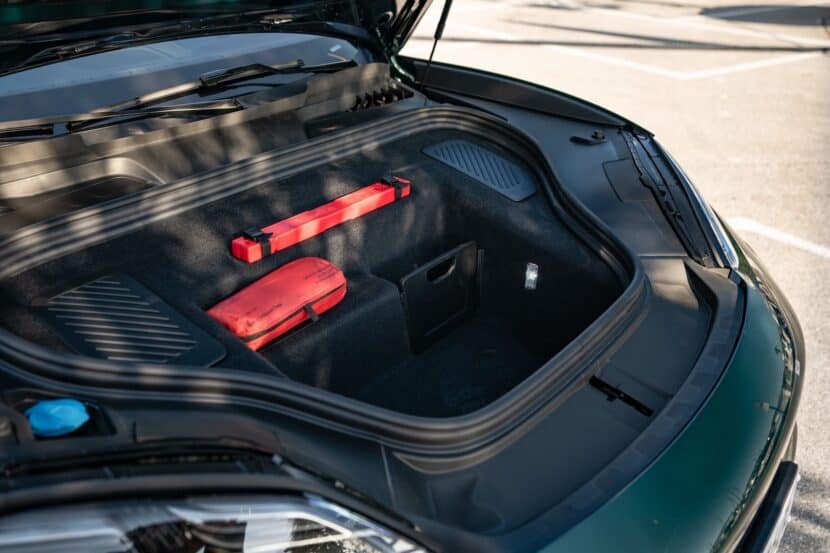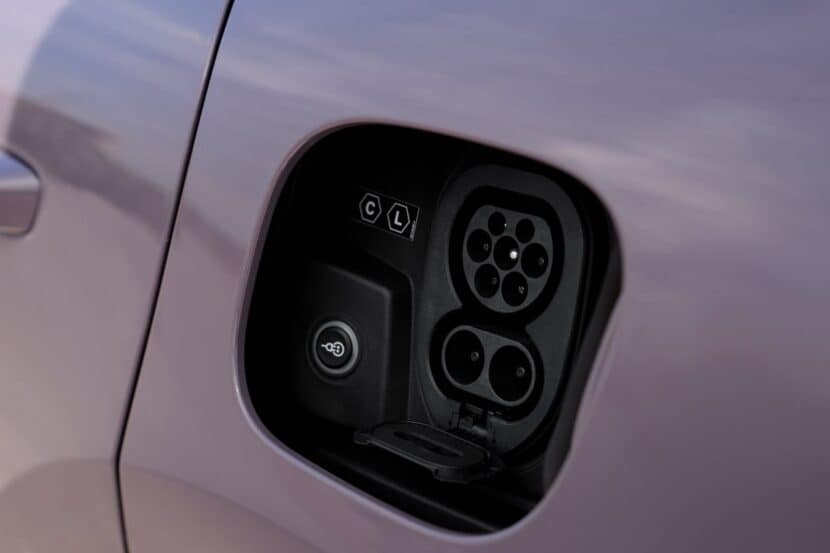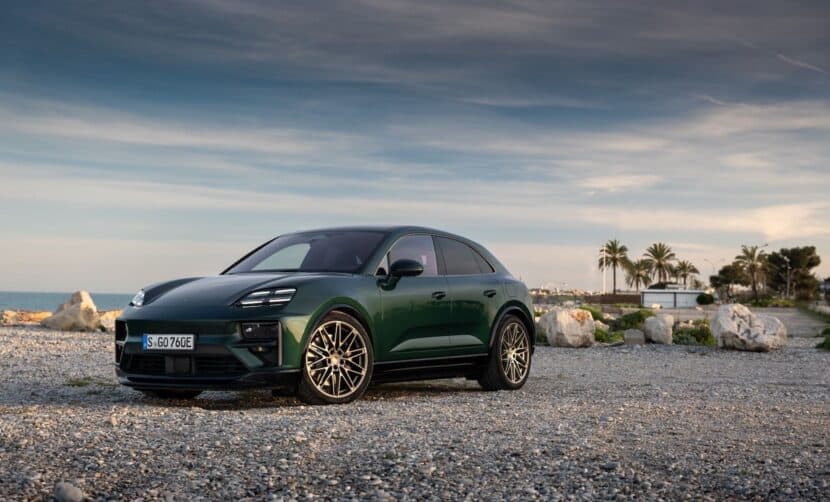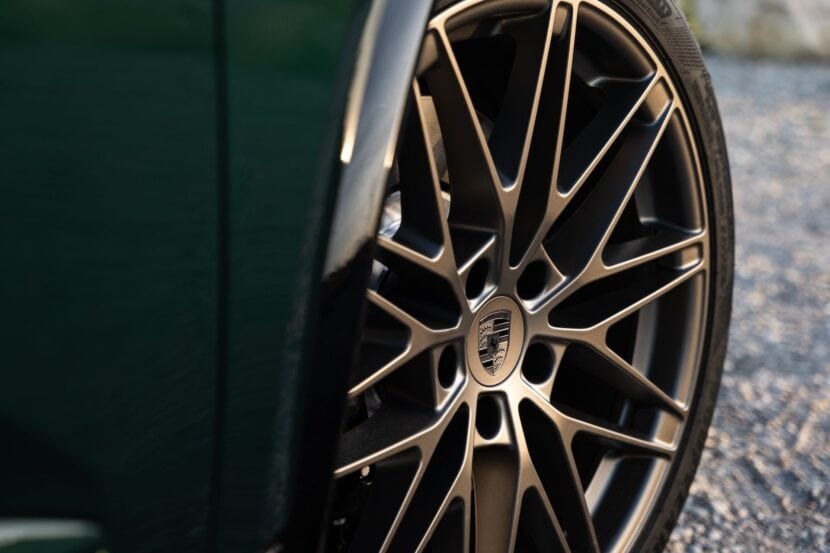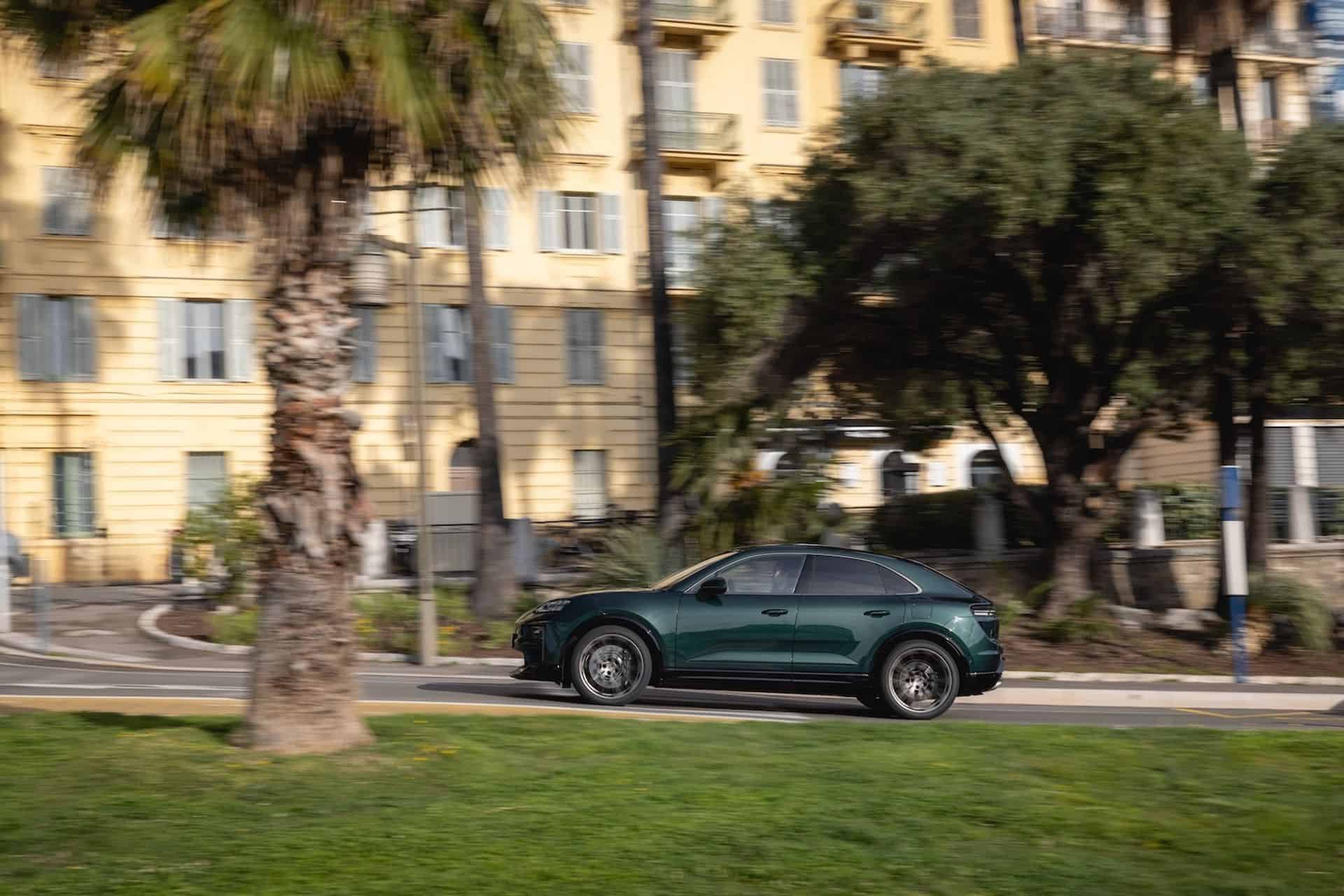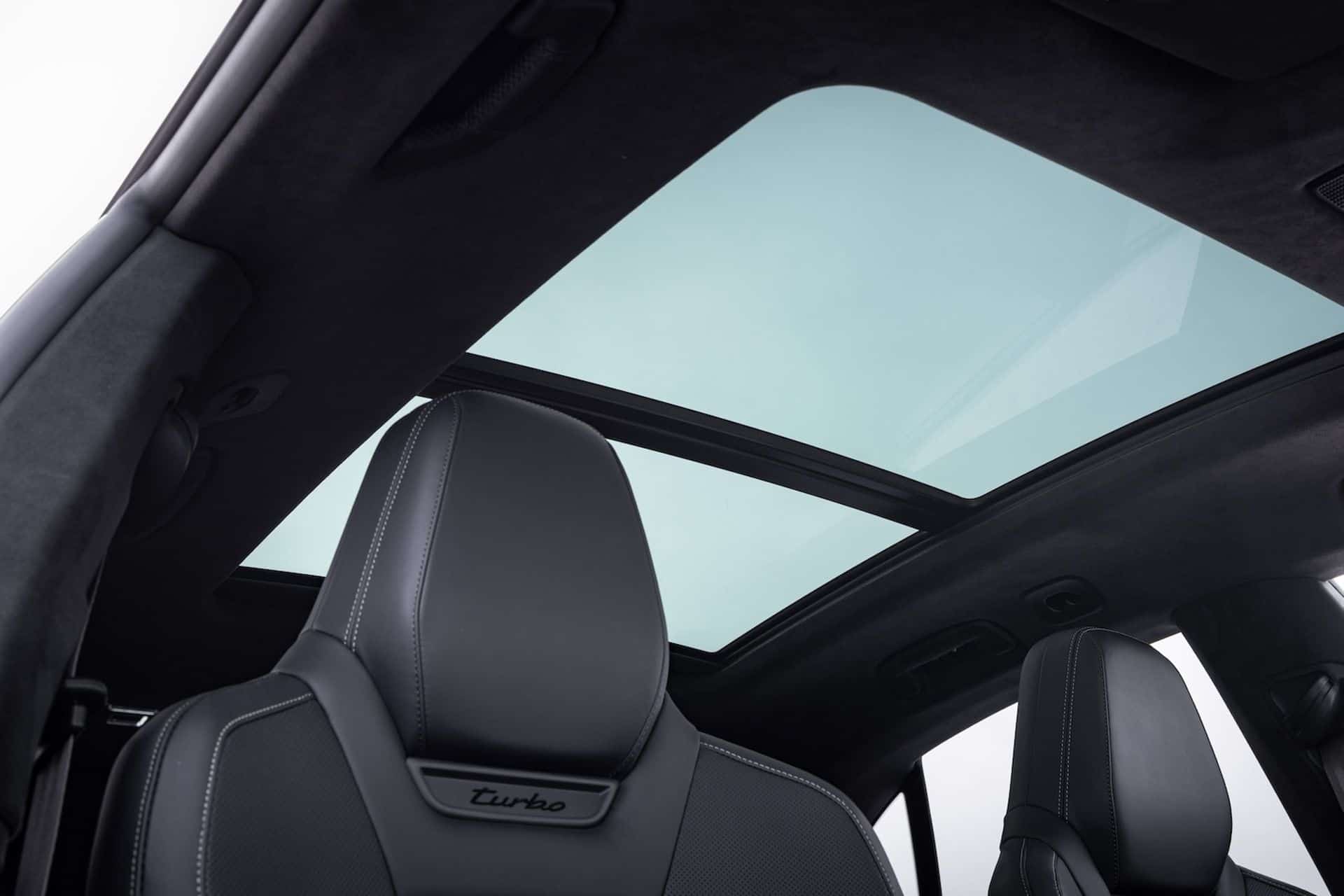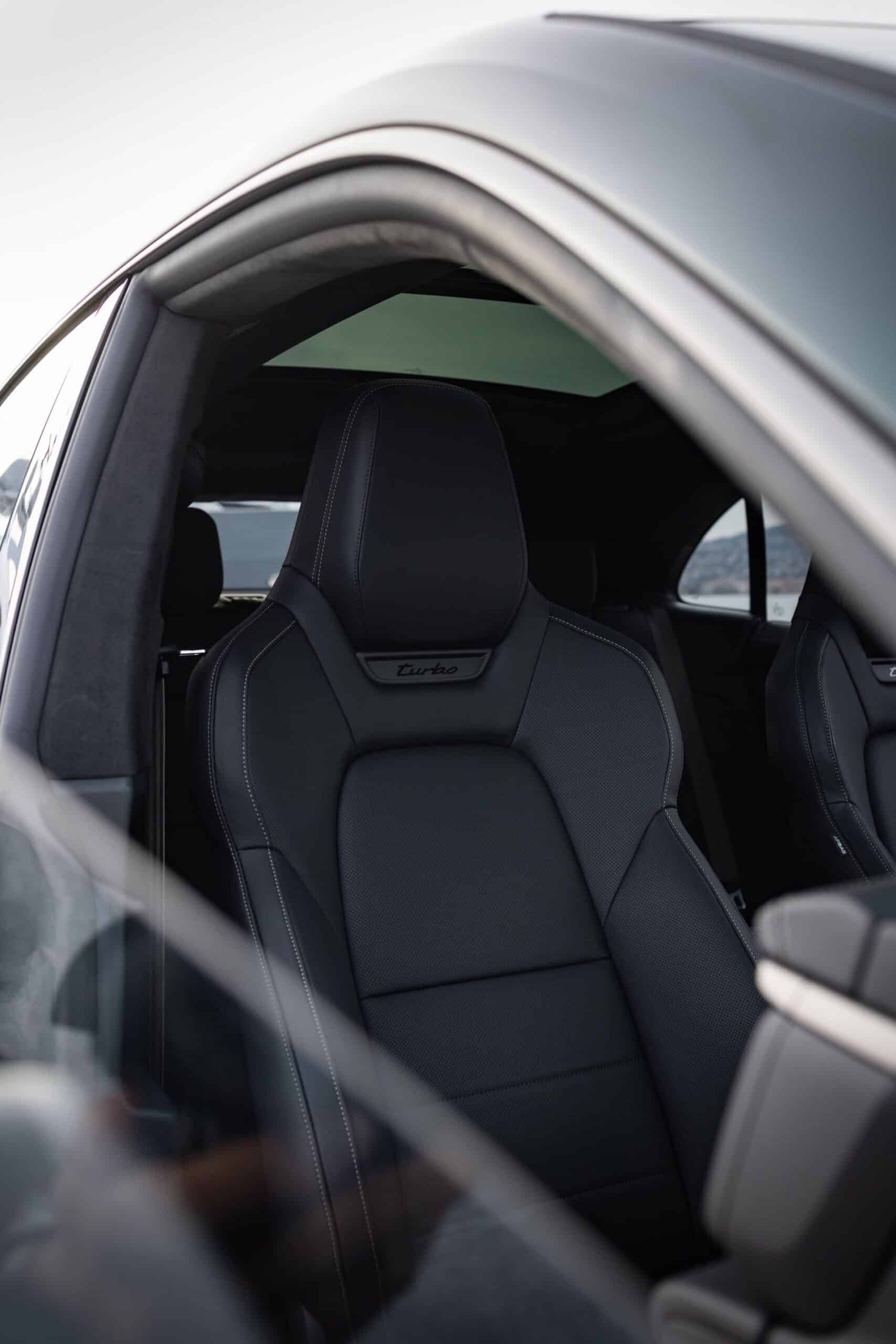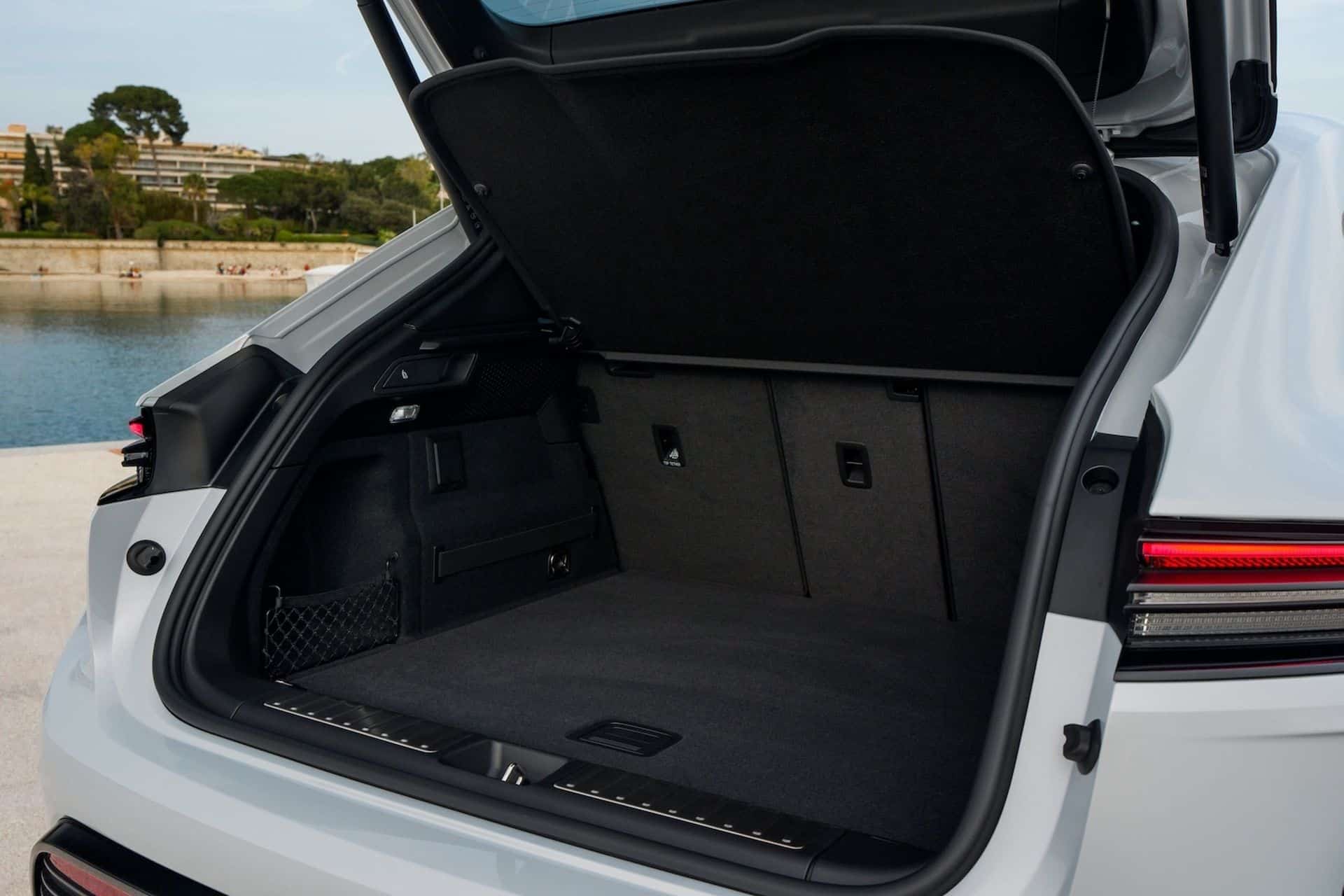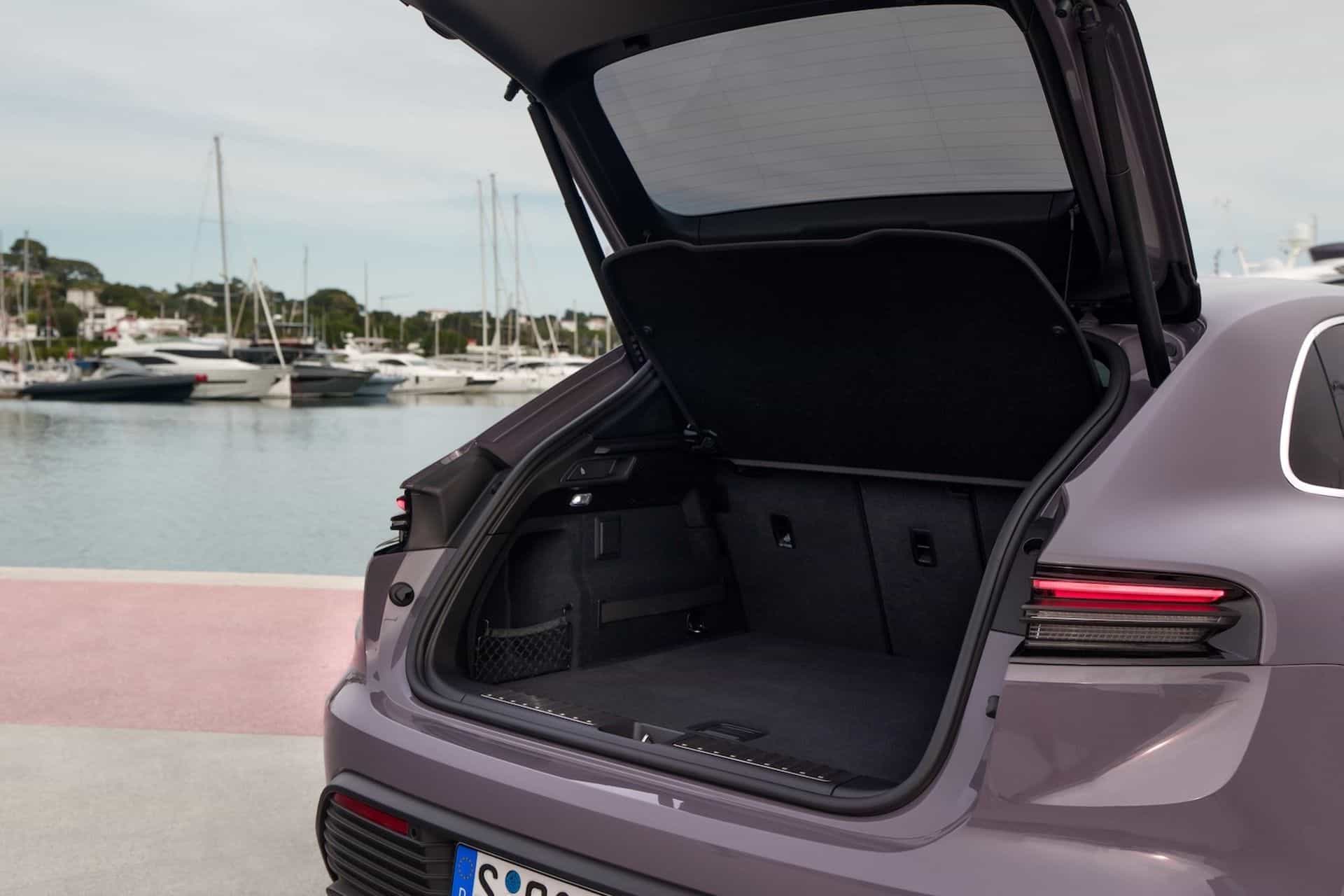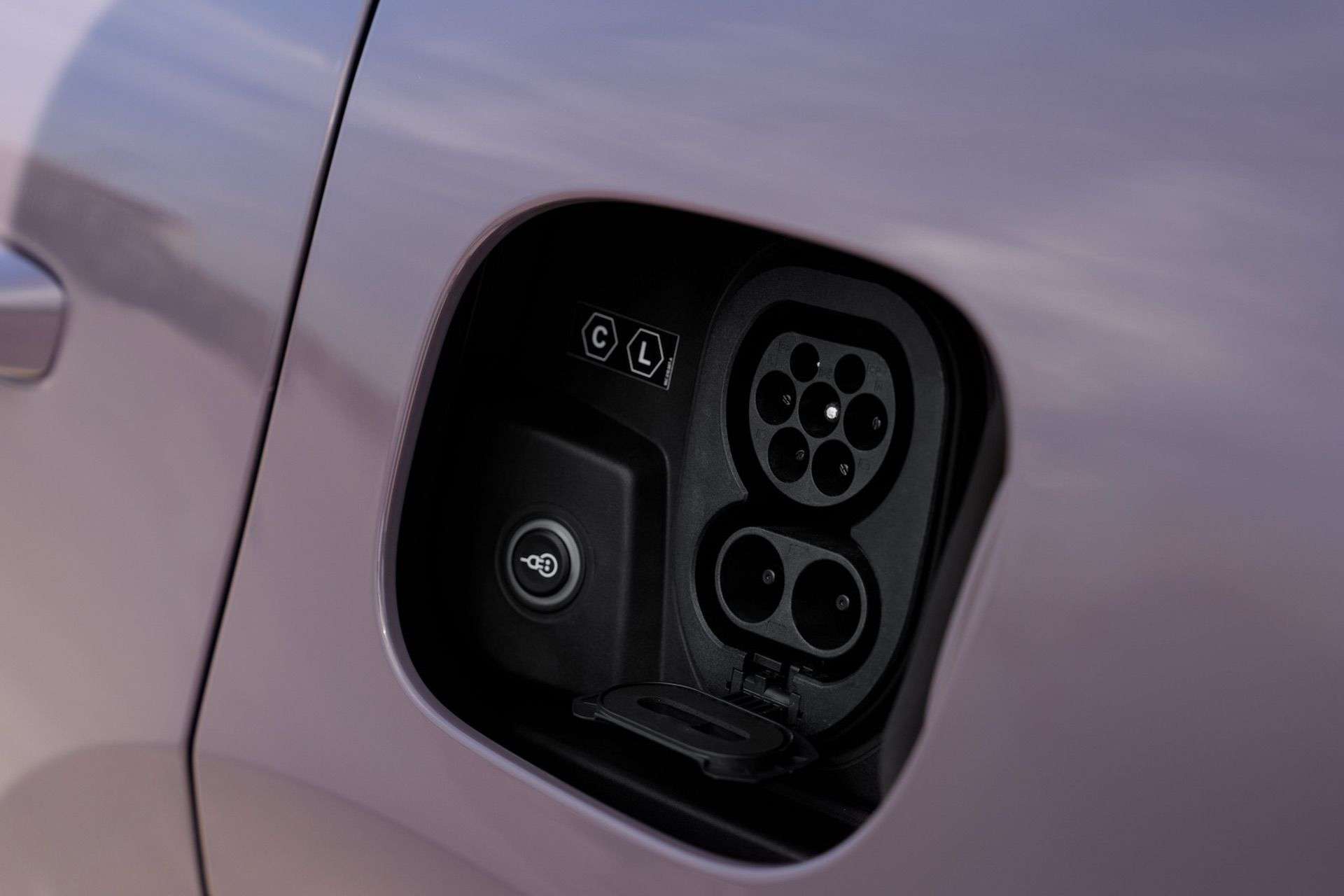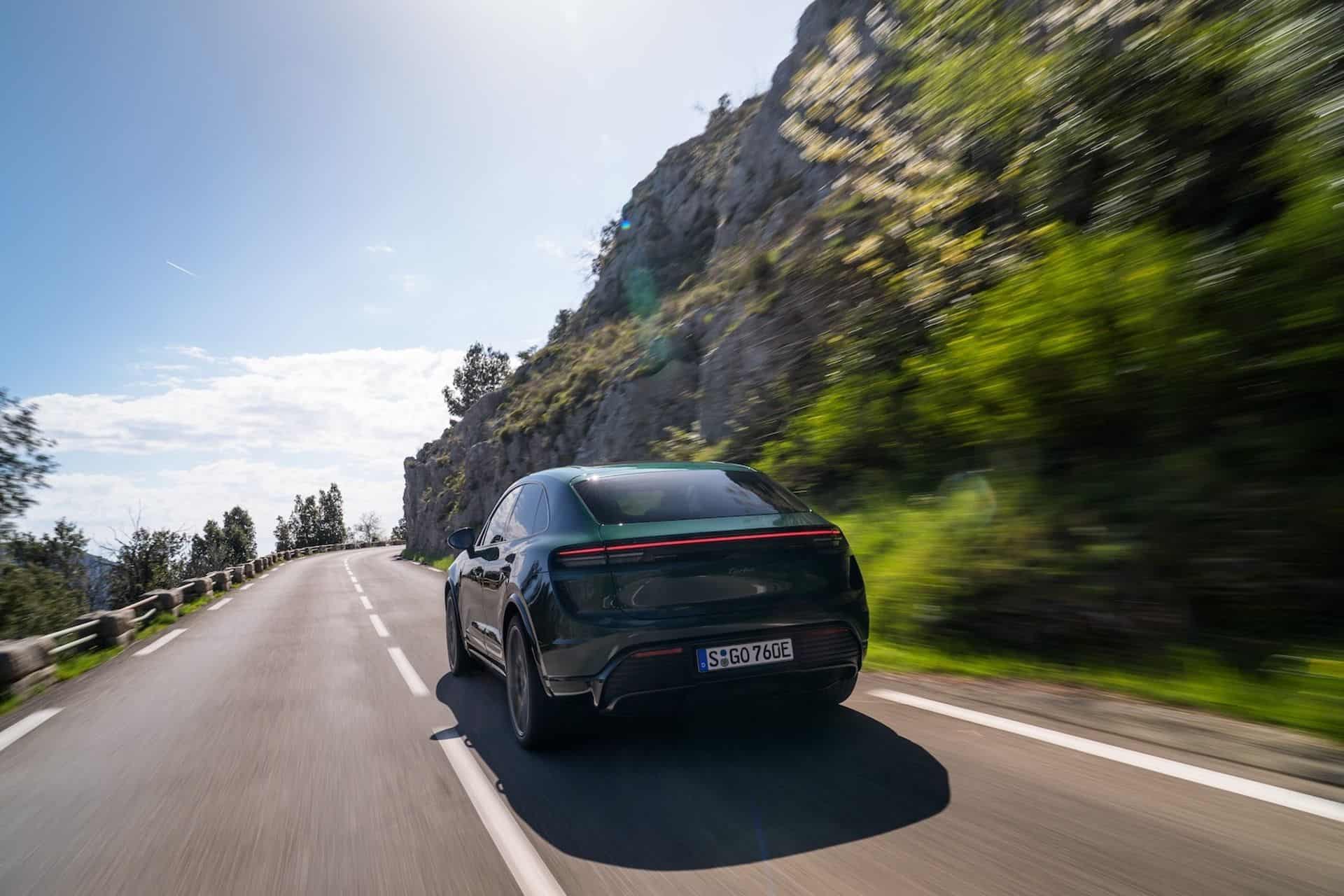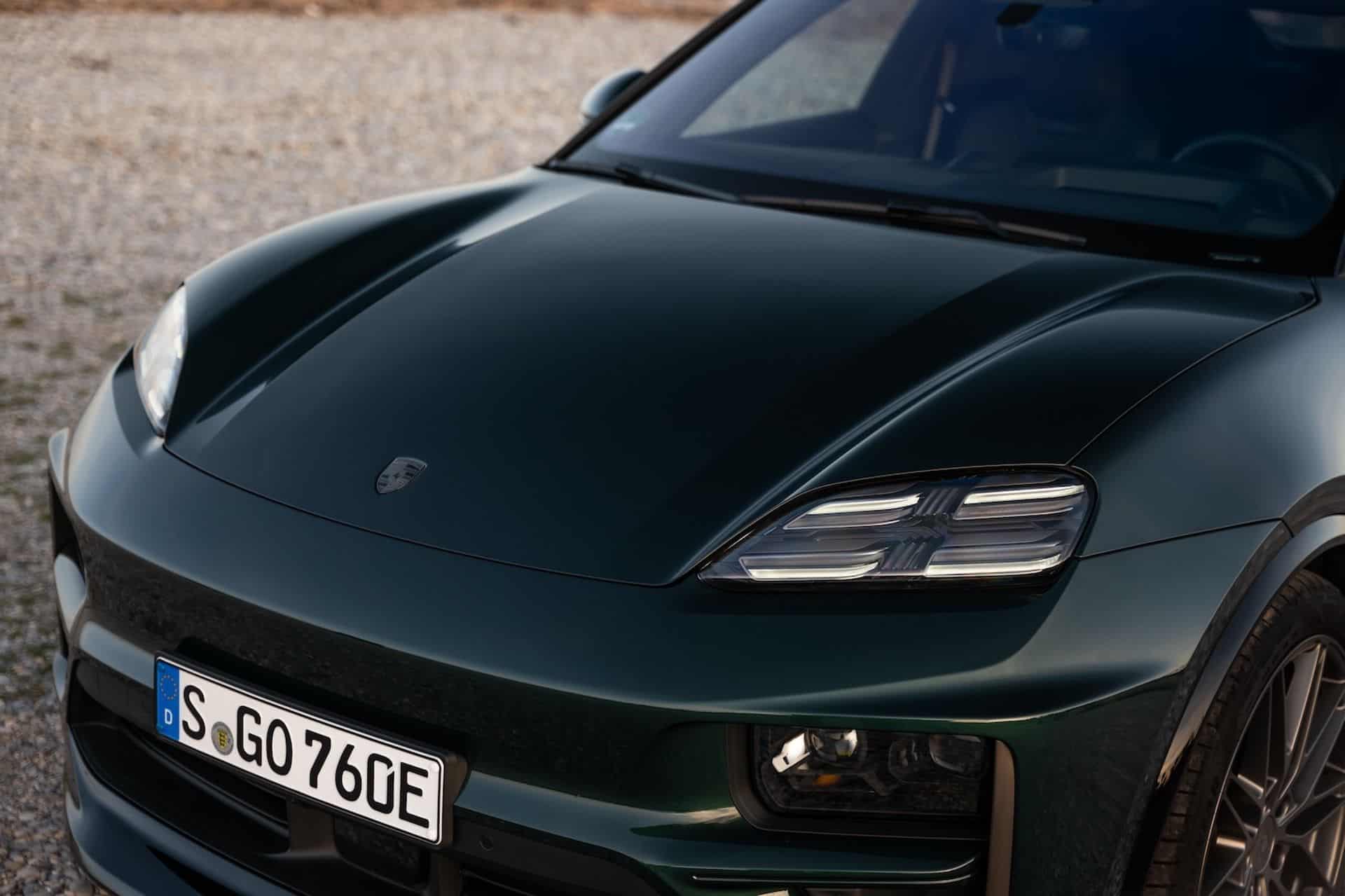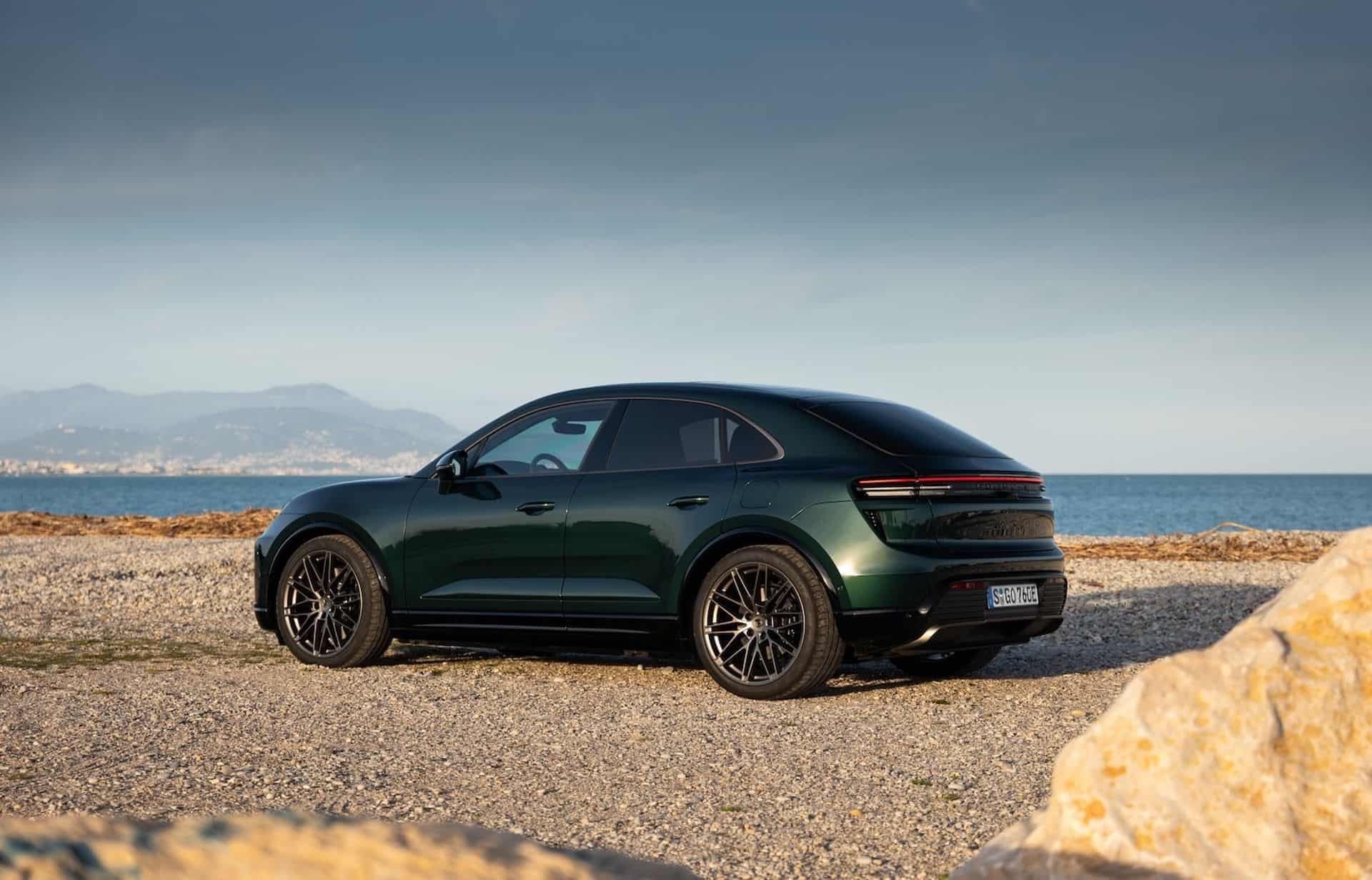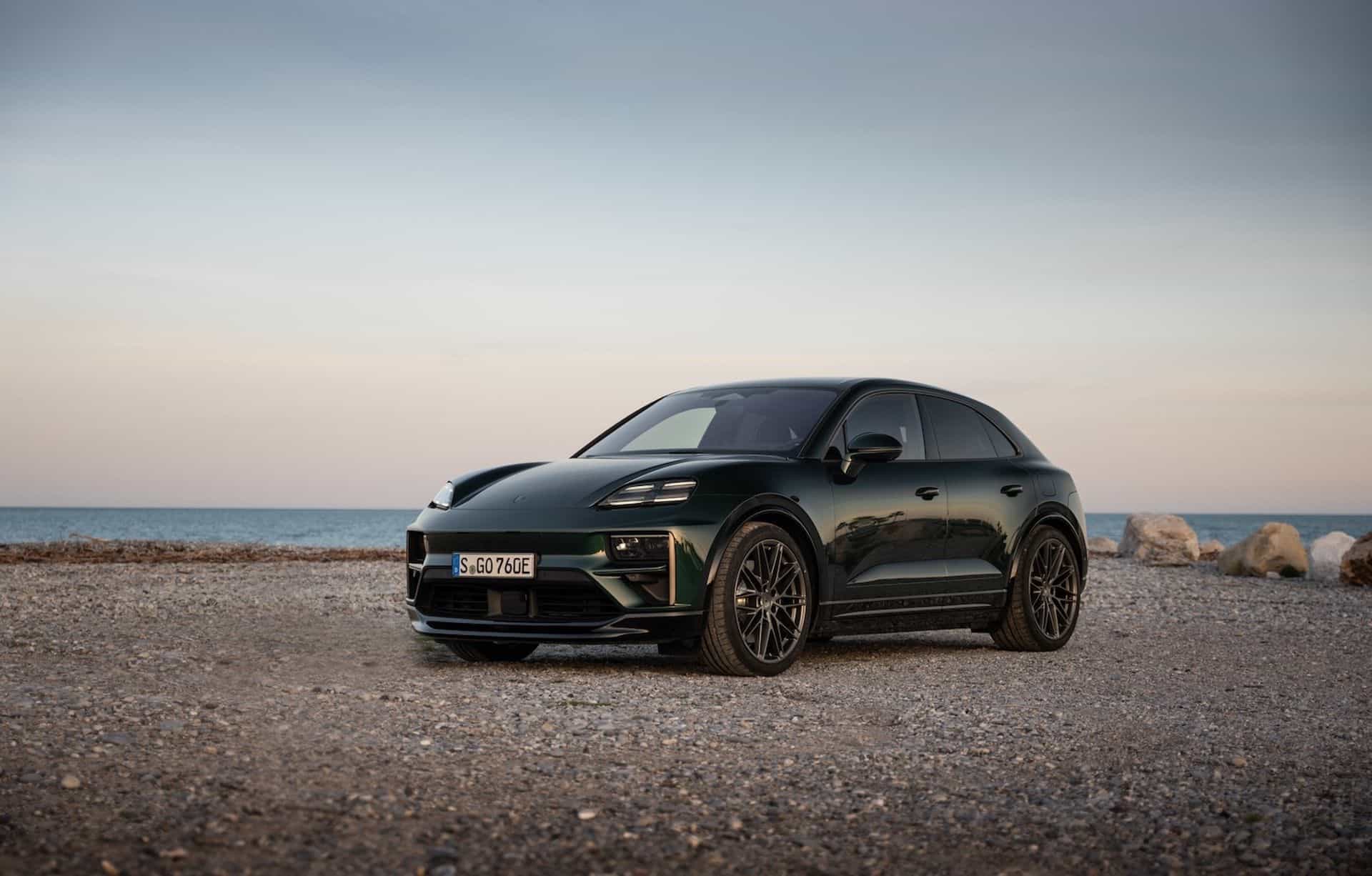Porsche is converting its Macan volume model to an electric drive. The design of the Audi Q6 twin is pleasing; but how does the electric beacon of hope, which is initially available as the Macan 4 and Macan Turbo, drive? It took quite a long time. Because there were all kinds of development problems with the electronics, the market launch of the electric Porsche Macan was delayed by almost two years.
613 km Range, Starts at 84,100 euros
With more than 850,000 units sold, the combustion engine, which is currently also still available, has been the most profitable volume model in the Swabian portfolio for years. But can the electric Macan follow in the combustion engine’s footsteps from the summer? The Macan developers want to counter any concerns from prospective buyers with long ranges, as the basic model of the Porsche Macan 4, which costs at least 84,100 euros, should be able to travel 613 kilometers on a single charge and the top version of the Macan Turbo should still be able to travel 590 kilometers to the next charging stop – not least thanks to a drag coefficient of 0.25.
A Digital Interior
Inside, the 4.78-meter-long Swabian offers animated instruments, whereby the 12.6-inch instrumentation behind the wheel is fine; however, the central infotainment screen and the optional front passenger display should be significantly larger at 10.9 inches each. Further information is shown via the head-up display, which projects the most important information into the driver’s field of vision.
LED light strips in the dashboard and door panels not only provide atmosphere, but also serve to communicate warnings, greet the occupants or charge the battery. The seats – upholstered in artificial leather in the Macan 4 and genuine leather in the Turbo – can be adjusted, ventilated, heated and massaged in many ways, depending on the version. Bose and Burmester provide first-class audio systems with up to 21 loudspeakers, 710 watts of power and a 400-watt subwoofer.
Bigger Overall
Externally, the new Macan generation grows by almost six centimeters in length, 1.6 cm in width and retains the body height of its predecessor. The combination of 8.6 centimeters more wheelbase and the reduced number of mechanical components under the vehicle makes it possible to make the interior much more spacious. A 1.80 meter tall rear passenger can put three fingers on his head before touching the roof.
The seats have been noticeably lowered at the front and rear, which contributes to a sportier driving experience. Depending on the model, the load compartment holds between 480 and 1,288 liters. In addition, the front trunk has a generous 84 liters, so that more than just the charging cables can be stored there. The trunk lid can be opened as usual from inside the Macan or by sliding it over the Porsche crest symbol on the hood.
800-Volt Architecture
Just as the Taycan’s J1 platform was developed jointly with Audi, the Macan is the technical twin of the Audi Q6, which also has an 800-volt electrical system. The 100 kWh battery with NCM chemistry (nickel-cobalt-manganese, in a ratio of 8:1:1) charges with a maximum of 270 kilowatts.
Under ideal conditions, it takes 21 minutes to increase the energy content from 10 to 80 percent. Bitter: AC charging is currently limited to eleven kilowatts, which is lower than what some non-premium brands offer. Both Macan versions have a synchronous permanent magnet motor on both the front and rear axles.
Up to 639 hp
While the Macan 4 delivers 285 kW / 387 hp / 650 Nm, the Turbo, which costs at least 114,600 euros, offers 430 kW / 584 hp / 1,100 Nm. These values can be increased to up to 408 or 639 hp for ten seconds using Launch Control. Despite weighing 400 / 500 kilograms more than the Macan petrol engine, the performance level is impressive: the Macan 4 sprints from 0 to 100 km/h in 5.2 seconds and the Turbo does it even faster in just 3.3 seconds. The top speeds are 220 and 260 km/h respectively.
According to Porsche engineers, the electronically controlled traction management system is five times faster than a conventional 4×4 system and can correct any wheel slip in 10 milliseconds. “The torque distribution varies depending on the selected driving mode, but the rear motor will always be the dominant one to ensure rear-biased sports car handling, which is in our DNA,” explains Klaus Schneiderbauer, responsible for the electric drive.
This is also the reason why there is a difference between the front and rear tires: 235/55 R20 at the front and 285/45 R20 at the rear as standard and, in the case of the powered versions, 255/40 at the front and 295/35 at the rear – on 22-inch rims. An electronic self-locking system on the rear axle also helps to improve the traction, stability and lateral dynamics of the Macan Turbo, whose cornering balance is also aided by the balanced weight distribution of 48:52 percent between the front and rear axles.
The suspension consists of a double wishbone system with a wishbone at the front and an independent multi-link axle at the rear, with steel springs as standard and optional air springs on the Macan 4, standard on the Macan Turbo. The shock absorbers have two independently controlled valves and can be statically or electronically adjustable. The ground clearance is variable between 15 and 40 millimetres with the air suspension.
Rear-Axle Steering
For the first time, the Macan has optional rear-axle steering with a maximum wheel angle of five degrees, which reduces the turning circle to 11.1 meters. The thrust of the sporty, taut Macan Turbo is unsurprisingly powerful despite its 2.4 tons kerb weight. Even when the synthetic engine sound is switched off, the driver feels in control thanks to the precise and communicative steering and enjoys barely perceptible body roll and direct steering.
Porsche has dispensed with different levels of steering and energy recovery. On the one hand, because rolling without resistance is the most efficient, and on the other, because the tuning work on the brakes has been so successful that when the left pedal is pressed, the car brakes immediately and with the desired linearity. The maximum energy recovery is 240 kilowatts.
Both Macan versions were equipped with 22-inch rims and low-profile tires, which severely compromise comfort on anything but perfect road surfaces. For many customers, 20- or 21-inch tires are therefore likely to be the much better and more comfortable choice, without compromising on driving pleasure.
Finally, there are the sport modes for more firmness. The Porsche Macan 4’s set-up is just as firm, especially as its wheels were identical and both versions had rear-axle steering. The Macan Turbo’s test consumption of 22.5 kWh / 100 was noticeably higher than the advertised 18.8 to 20.7 kWh, which would give it a maximum range of 420 kilometers. At least some potential customers are probably still thinking and dreaming of the former European bestseller Macan Diesel.
[Text and Photos: Joaquim Oliveira; press-inform]


